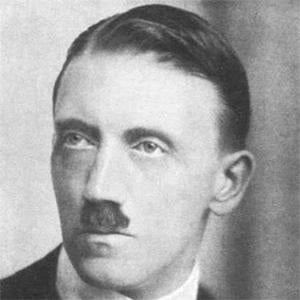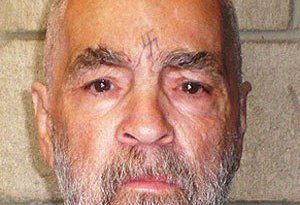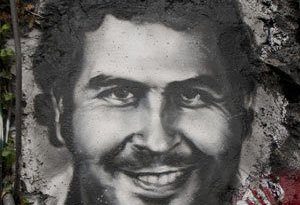Adolf Hitler’s Complex Relationships with Family and Spouse
Adolf Hitler’s family life was intertwined with his tumultuous political career. He often spoke disparagingly about familial ties, expressing little regard for his immediate relatives. By the end of his life, he was married to Eva Braun, though their union was short-lived, as they both died on the same day.
Hitler’s relationships, characterized by turmoil and fleeting engagements, were marked more by political strategy than emotional connection. He met Eva Braun in 1929 when she was a 17-year-old assistant to his photographer. The couple dated for over a decade before marrying in a small ceremony on April 29, 1945, in the Führerbunker. They both died less than 24 hours later through suicide.
| Relationship | Name |
|---|---|
| Spouse | Eva Braun |
| Mother | Klara Hitler |
| Father | Alois Hitler |
| Son | N/A |
| Daughter | N/A |
More detailed information about each person is provided below.
Eva Braun
Eva Braun was born in Munich, Germany, on February 6, 1912. She was a shop assistant and photographer with a keen interest in fashion and cinema. As Hitler’s long-term companion, she gained some notoriety as the woman behind the man. Despite her presence in his life, she remained largely in the shadows, and her life was filled with trivial pursuits typical of society women at the time.
Klara Hitler
Klara Hitler, Adolf Hitler’s mother, was born on August 12, 1860, in Austria. She was of Austrian nationality and worked as a homemaker. Klara was known for her deep affection for her son, Adolf, which he often recalled in his speeches, often mentioning the strong influence she had on him during his formative years. She passed away from breast cancer in 1907, a loss that profoundly affected Hitler.
Alois Hitler
Alois Hitler, born on June 7, 1837, was Adolf Hitler’s father. He was an Austrian customs official known for his stern demeanor and authoritarian parenting style. His background was a blend of Austrian and distant Czech ethnicity. Alois had a challenging relationship with Adolf, often pushing him towards a strict education. He died in 1903, an event that contributed to young Adolf’s tumultuous adolescence.




